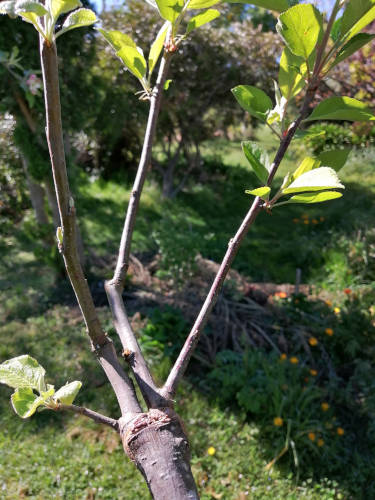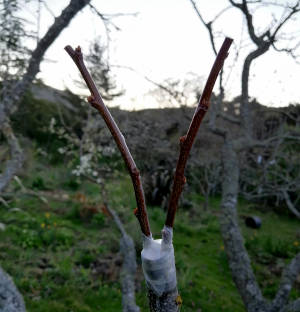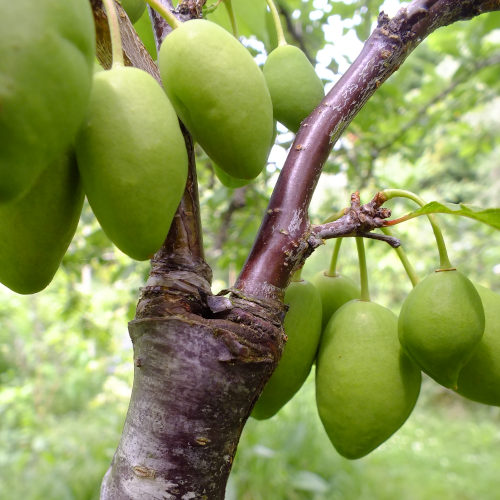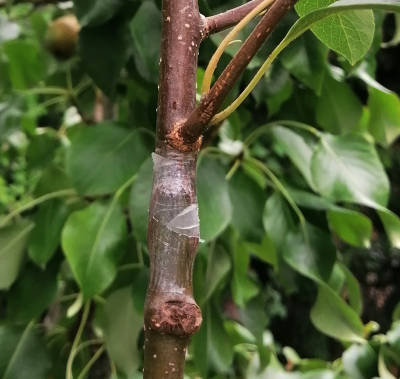When to Graft Different Types of Fruit and Nut Trees
If you're going to do something, do it right!
To ensure high success rates when grafting it is important to perform the operation at the correct and appropriate time. The objective is to create a clean and tidy union between the rootstock and the scion (assuming compatible wood types) protected from drying out due to wind and sun and secured from movement.
This must be done when the rootstock is entering a growth phase (breaking dormancy) to heal the graft and produce a strong and enduring union.
My guide for determining the correct timing of the various fruit and nut trees is graft according to their individual flower / fruiting sequence. The following is based on many years of experience grafting these trees in North Canterbury, New Zealand.
A large portion of my grafting consists of top working / adding new varieties to existing mature trees. These types of grafts represent a small portion of the overall tree and are more likely to be rejected or dislodged by wind.
Stone fruit - including almond ;)
While it is technically possible to inter / cross / mix graft the various stone fruits I have read and found from direct experience that generally success rate is higher when joining the same type.
I know a lot of commercial stonefruit propagators use Golden Queen peach as a rootstock. I believe this is primarily due to the bulk availability of seed from which to produce rootstock and the size reduction when compared to plum and apricot.
Almond, Peach, Nectarine - Early August
These stone fruit are some of the first to blossom and should be grafted earlier rather than later. I have found them to be somewhat tricky with failure rates up to 50%
Cherry, Plum, Apricot - Mid to late August
The smaller, smooth stone fruit tend to have higher success rates. With a lot of wild, bird spread trees around here I have had lots of practice and tried more techniques and timing.
Pip fruit
Pear - Early to mid September
Pears are in the same family as apples and almost as happily grafted. I generally graft pear onto quince rootstock to reduce the normal vigor of pear.
Apple - Early September - mid October
This is the go to for beginner grafters since apples are so forgiving. They have a wide window for grafting over many weeks and can even be 'green wood grafted' using wood cut and immediately grafted to the host / rootstock.
Seasonal variations and other complications such as wind and interference by animals will influence the overall success rate. Spring can be quite windy here and this can dehydrate or dislodge scions as they attempt to heal and grow.




